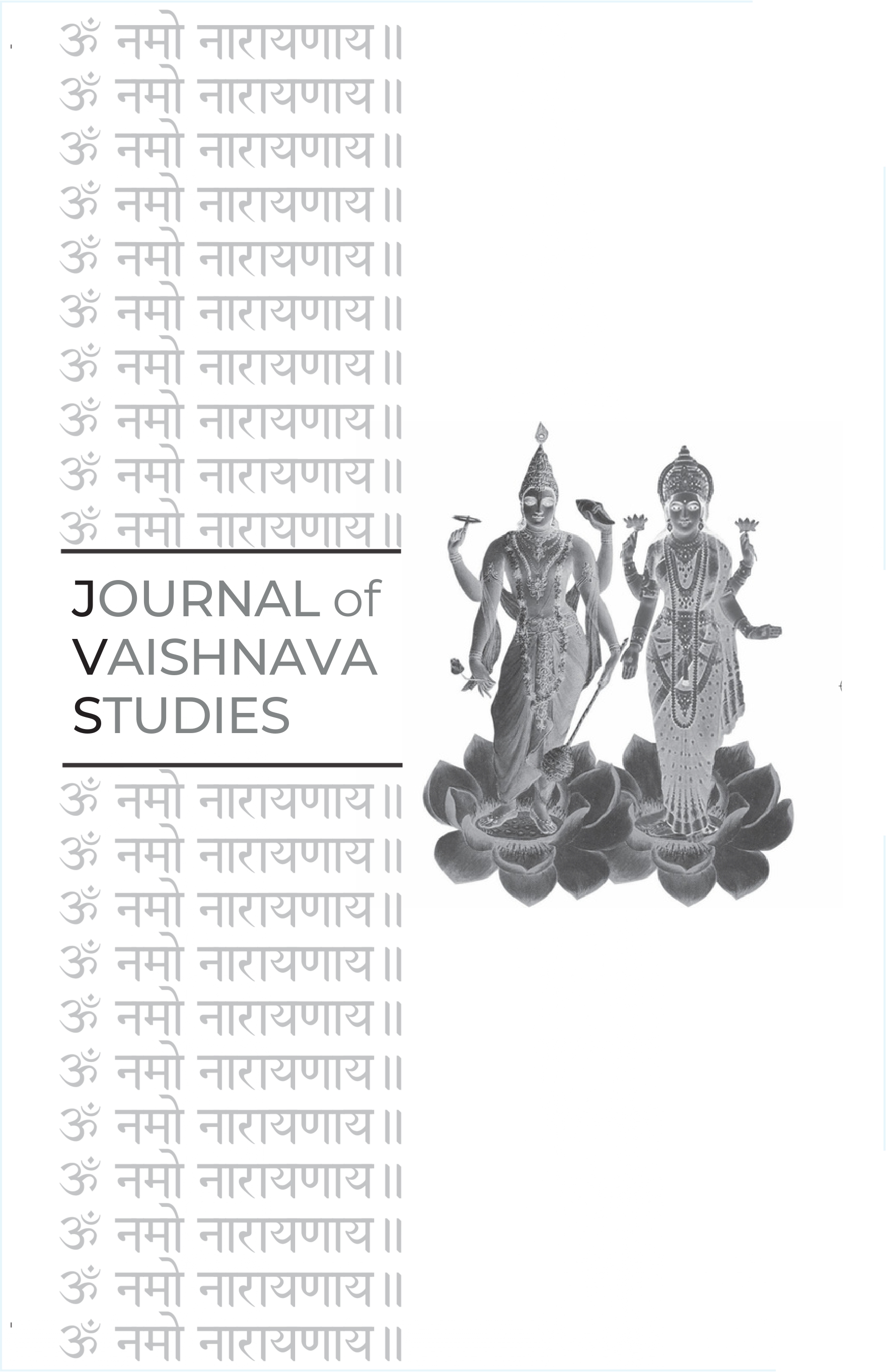Avatāra: An Overview of Scholarly Sources
Keywords:
Avatara, Dashavatara, Vishnu, Krishna, Rama, Bhagavadgita, Dharma, Bhakti, Incarnation, Caitanya, Sathya Sai Baba, Anandamayi Ma, AmmachiAbstract
The article "Avatara: An Overview of Scholarly Sources" by Tracy Coleman provides a comprehensive review of the concept of avatara, a Sanskrit term referring to a deity's "descent" or incarnation on Earth. The article begins by citing Bhagavadgita 4.7–8 as the foundational text for this doctrine, emphasizing its role in restoring dharma and destroying evil. Coleman discusses the scholarly debate surrounding the origins of the avatara concept, noting the evolution of terminology before avatara became prominent in Puranic literature. The bulk of the article is dedicated to an extensive overview of the dashavatara, the ten celebrated incarnations of Vishnu (Matsya, Kurma, Varaha, Narasimha, Vamana, Parashurama, Rama, Krishna, Buddha, and Kalki), detailing their narratives and scholarly interpretations. Furthermore, Coleman explores the concept of avatara beyond mythical figures, examining historical figures regarded as avatars, including the medieval Bengali saint Caitanya and modern global gurus such as Sathya Sai Baba, Anandamayi Ma, and Ammachi. The article highlights how these figures, through their teachings and practices, have universalized the ancient concept of divine descent and embodiment, making spiritual benefits accessible to a wider audience, irrespective of traditional social and religious codes.Published
2017-12-13
Issue
Section
Articles





